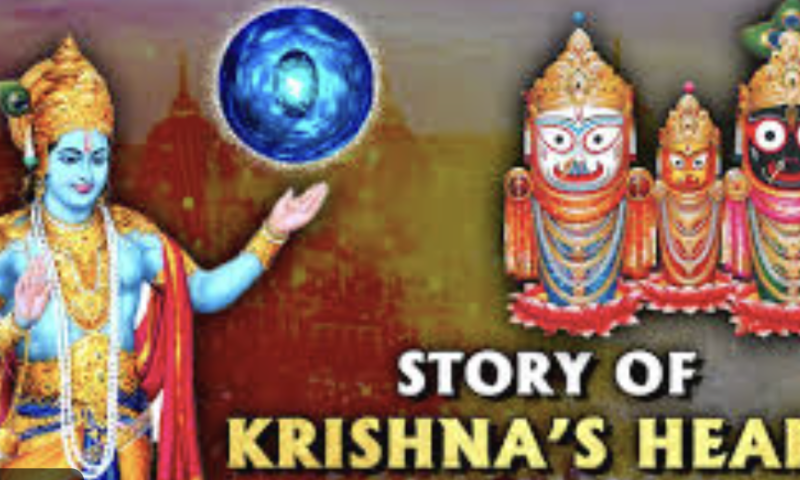The Jagannath Temple, located in Puri, Odisha, India, is one of the most important and ancient Hindu temples dedicated to Lord Jagannath, a deity worshipped as a form of Lord Krishna. The temple’s history is rich and deeply intertwined with the cultural and religious heritage of the region. Here’s an overview of its history:
Origins and Early History:
- Ancient Roots:
- The Jagannath Temple’s origins are shrouded in myth and legend. It is believed that the worship of Jagannath (a form of Lord Krishna) in Puri dates back to the 12th century, although the exact date is uncertain. The deity is considered an incarnation of Krishna, but with a distinctive, unique form.
- According to legend, King Indradyumna, a Kalinga (ancient Odisha) ruler, was a great devotee of Vishnu and wanted to establish a temple for the deity. He is said to have dreamed of a divine vision of Vishnu in the form of Jagannath and began the construction of the temple accordingly.
- Temple Construction:
- The current structure of the Jagannath Temple was built by King Anantavarman Chodaganga Deva in the 12th century CE. The temple construction was a significant event in the region, marking the establishment of Puri as an important pilgrimage site.
Architectural and Cultural Significance:
- Unique Architecture:
- The Jagannath Temple is renowned for its distinctive architectural style, characterized by its large, spired structure and the imposing Jagannath deity with large, round eyes. The temple complex is surrounded by a fortified wall and is situated on a raised platform.
- The temple’s main sanctum houses the deities Jagannath, Balabhadra (his elder brother), and Subhadra (his sister). The deities are made from wood and are replaced periodically, a practice unique to this temple.
- Rath Yatra (Chariot Festival):
- The Jagannath Rath Yatra, or Chariot Festival, is one of the most significant events associated with the temple. Held annually, the festival attracts millions of devotees and tourists from around the world.
- During the Rath Yatra, the deities Jagannath, Balabhadra, and Subhadra are placed on massive, elaborately decorated chariots and pulled through the streets of Puri by devotees. The festival is a major highlight of the temple’s annual calendar.
Religious and Cultural Impact:
- Role in Vaishnavism:
- The Jagannath Temple plays a central role in the Vaishnavism tradition of Hinduism. It is particularly revered by followers of the Gaudiya Vaishnavism tradition, which was popularized by Chaitanya Mahaprabhu in the 15th century. Chaitanya’s teachings and practices further enriched the temple’s significance and practices.
- Cultural Integration:
- Over the centuries, the Jagannath Temple has become a symbol of the cultural and religious unity of India. It integrates various traditions, including those of the local Odia culture and broader Hindu practices.
- International Recognition:
- The temple has gained international recognition not only for its religious importance but also for its historical and cultural contributions. It is a UNESCO World Heritage Site and attracts scholars, historians, and tourists from around the globe.
The Jagannath Temple continues to be a beacon of devotion and culture, with its rich history reflecting the depth and diversity of India’s religious heritage.
